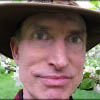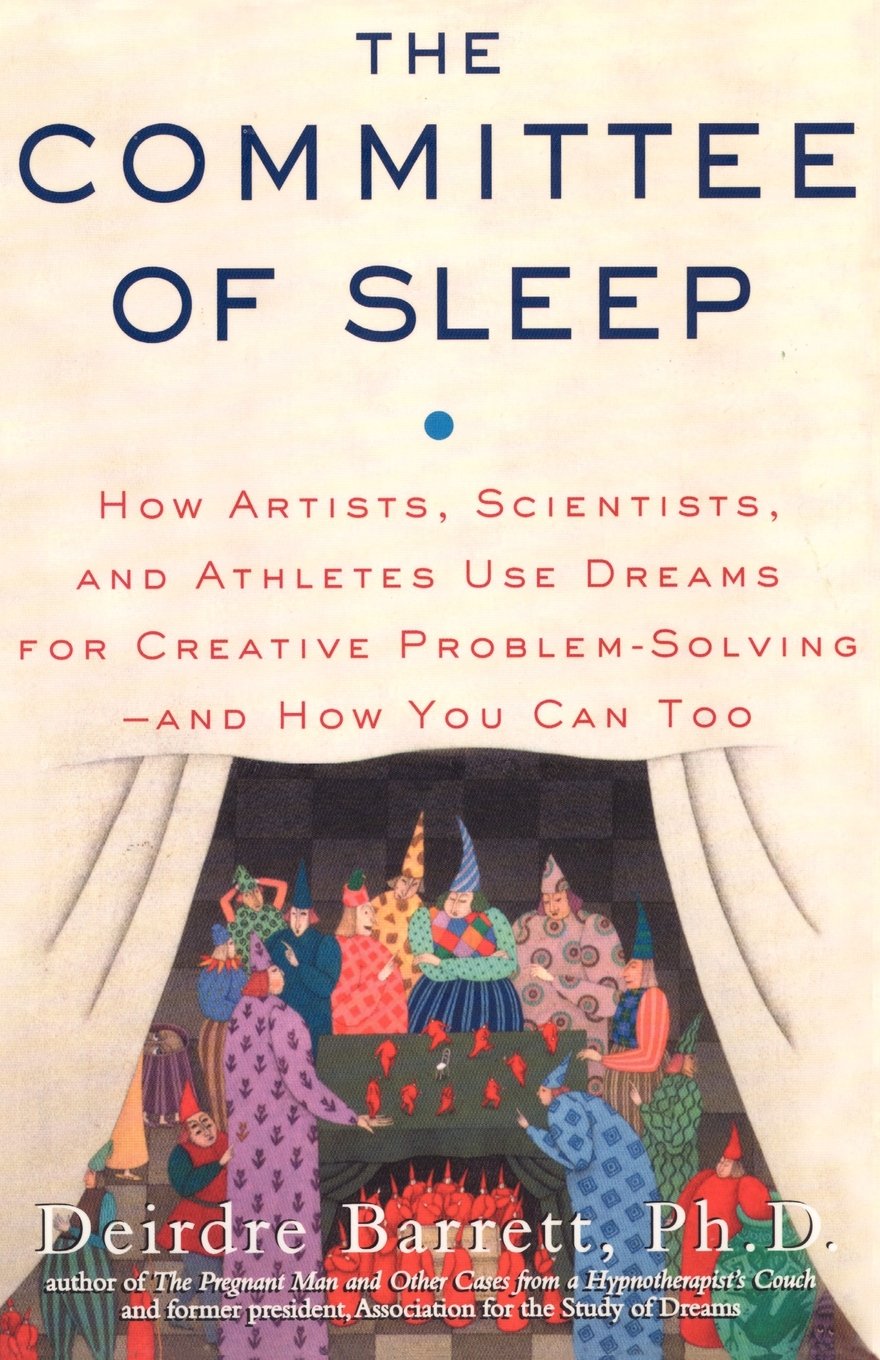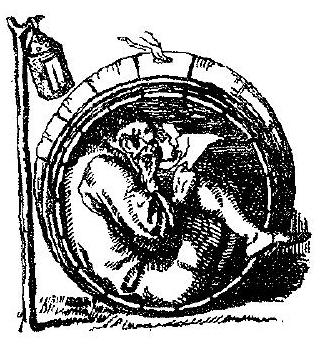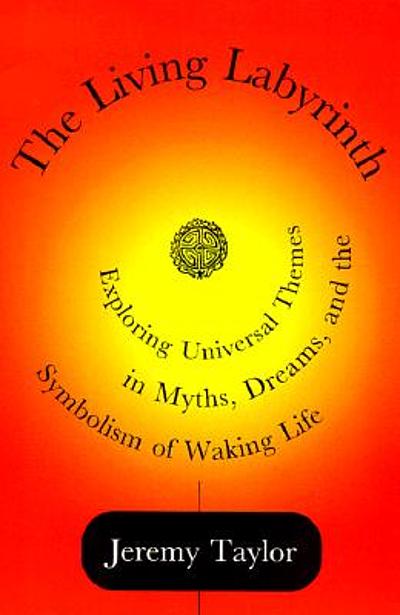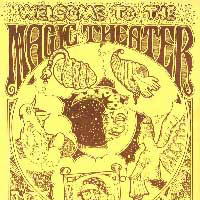In this excellent book, Deirdre Barrett details the most important dream-inspired discoveries and creative works of art, music, film, science and medicine that are known. She looks back over the historical record, as well as offering many first-hand interviews with dozens of contemporary people. While simply recounting and verifying these stories alone would make for a great book, the author goes beyond that to discuss many other fascinating topics along the way.
She starts out with the uses of dreams in painting, sculpture, filmmaking, theater and literature. The uses of dreams in these disciplines reproduce dreams most closely, since their mediums are a natural fit with the imagery and story lines in dreams. Many artists have proclaimed dreams as their source of inspiration. For painting, she examines the dream experiences of William Blake and Salvador Dali, including a detailed description of Dali’s “slumber with a key” technique for catching artistic inspiration from hypnagogic dream imagery. She also discusses the process of a dream being turned into art, including dreams that at first simply seem to be nightmarish or problematic, and are only turned into artistic inspiration with time and work.
When examining film, she looks at the work of Ingmar Bergman, Federico Fellini, Akira Kurosawa, Robert Altman and John Sayles. Along the way, we see how some filmmakers and painters use lucid dreaming to seek out artistic inspiration, and ponder how the proliferation of movies may be altering the nature of dreaming.
In examining dream inspiration in literature, the book looks at Mary Wollstonecraft Shelly, Robert Louis Stevenson, Stephen King and many others. She quotes extensively from Naomi Epel’s excellent book, Writers Dreaming. She also gets her book title from the John Steinbeck quote, “It is a common experience that a problem difficult at night is resolved in the morning after the committee of sleep has worked on it.” Using the metaphor of the committee of sleep for dreams is powerful, but I suspect some will find it overdone and at times annoying.
In the chapter on dream inspiration in music, we learn how the tune for Paul McCartney’s song Yesterday arrived in a dream. At first Paul thought he must have heard it from someone else, and since it arrived in a dream, it took some time to claim it as his own. And originally, it had no words, so he played with it under the name of “Scrambled Eggs.” The final version became the inspiration for the string sound of the Sgt. Pepper’s Lonely Hearts Club Band album, and has been played six million times on American radio, more than any other song.
Billy Joel states that “all the music I have composed has come from a dream” and Joseph Shabalala, founder of Ladysmith Black Mambazo reports that he has dreamed music every single night of his life, always sung by a choir of children. This sparks discussion about the wide range of musicians who have gotten inspiration from dreams, some frequently, others as rare occurrences, some from hearing the music and others who were inspired by a visual dream.
In her sections of scientific discoveries and inventions, we look at the famous discovery of the molecular structure of Benzene, and the invention of the sewing machine, along with many others. Along the way, the author examines some “urban legends” of discoveries made in dreams which further investigation reveals were not actually dream inspired. These include the discovery of the structure of DNA or the structure of the Atom. Clearly, these faulty stories give ammunition to those who dismiss altogether the idea of dream creativity. But as she shows in this book, most of the classic stories do check out.
These chapters also include a good guide to ways that people can incubate a dream, focusing on a particular problem or issue one would like their dreams to address. She examines a wide range of ways that dreams have inspired discoveries and breakthroughs, even in a scientific culture where dream inspiration is not always highly thought of.
In her chapter on dreams & the body, she shows how dreams can offer medical diagnosis and treatment that was not consciously known, often in a symbolic form. Although not much research has been done in this area, she reports on what has been done. Further, she shows how many athletes have been able to practice and enhance their performance in dreams. A final chapter on Dreams in nonwestern cultures examines how an entire written alphabet was inspired by a dream and adopted in the African country of Liberia, when they had only used an oral tradition prior to that time. She also shows the part that Gandhi’s dreams of resistance played in the transformation of India into an independent state. Examples such as these and many others lead to discussion of cultures who honor dreams and listen to them more closely than our own. What might our culture learn from them?
In our culture, dreams are seen as mostly personal and psychological, best viewed in therapy, as mediated by a professional therapist, if they are given any attention at all. As the author points out, many other books deal with the psychological aspects of dreams. This book will go a long way in giving dreams respectability outside of that narrow box. The discussion of how these dreams have been translated into creative expressions and Nobel-prize winning discoveries can be inspiring. The discussion of how to listen to dreams, how to increase lucid dreaming or incubate a dream, may encourage many readers to adopt these practices.
In the end, the author concludes that dreams are neither consistently wise or consistently useless, but that dreaming is a different mode of thought, and its true power may lie in how dream inspiration can compliment waking thought. Further, she points out that we live in a dream-neglecting culture and may have much to learn by listening to those from dream-honoring cultures. This is an important book which I hope will be read by many.

